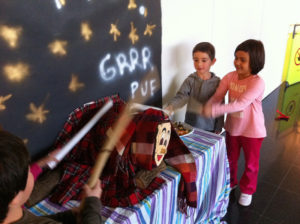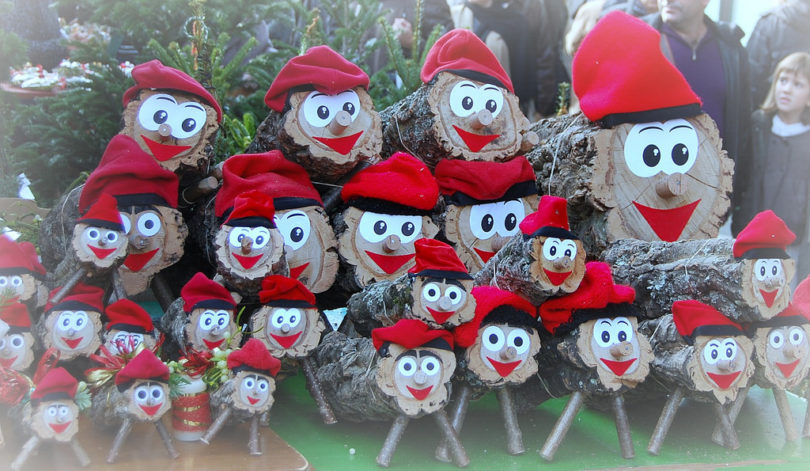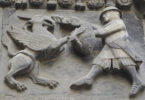Children are the true protagonists of the majority of traditional festivals, and this is especially true around Christmas. The illusion, magic and joy surrounding the Christmas season is particularly geared towards children with their enchanting celebrations, and many adults also end up being wrapped up in the magical sensations of the holidays despite the stress and responsibilities. One of the reasons for this is the magical factor of traditions, which allow families to set things aside and focus on the importance of their habitual customs, such as taking their children to see Santa or decorating the Christmas tree together each year. However, in Catalonia, there is the vital, if not odd, tradition that is spearheaded each year by the children of the region: fer cagar el tió. Today in this article from ShBarcelona, we’ll be talking about this silly tradition that is beloved among Catalan children.
Related article: Christmas Markets in Barcelona
Fer cagar el tió, a deeply-rooted Catalan tradition



Photo by alxndr via VisualHunt
The Christmas Tío is technically both a Catalan and Aragonese tradition, but we see it practiced most prominently in Catalonia. What the tradition consists of is this: a small log, usually decorated with eyes, a nose and a smiling mouth, wearing a Catalan cap and a warm blanket so it stays warm, is fed every day from the beginning of Advent until, on December 24, the children hit it with a walking stick while singing a special song with the hopes that the following day, on December 25, after fer cagar el tío, it will defecate out gifts for them. Originally, the rural, pre-Christian tradition would offer treats and candies for the youngest children such as caramels, nougat and other trinkets, but in reality the tradition has changed dramatically over time. Each year el tío defecates out larger and larger gifts, from all types of toys to even bikes and tricycles.
Related article: Celebrating Christmas in Barcelona



Photo by Institut-Escola Les Vinyes via VisualHunt
This tradition is similar to the deeply-rooted Anglo Saxon and nordic tradition of the Christmas tree, where the tree, along with being decorated with ornaments and garlands, is surrounded underneath with beautifully wrapped presents at its base, to be opened on Christmas morning. In the original rural tradition, the trunk, which was the element that provided warmth to the home during the winter, was burned after the children were given the treats and presents under the tree. Once it was burned, the ashes of the tree would be spread out over the land in order to make fertilizer and to return the tree to the earth from which it had grown. Nowadays, the log used for el tío becomes part of the family, being used repeatedly from year to year and set up with presents every year by parents and relatives. Getting to sing the traditional song and give a few whacks to el tío is incentive enough for children to participate in the tradition, making it one of the most beloved holiday practices among Catalan children.
*Main photo by tetegil via VisualHunt
Do you celebrate el tío in your home?




















Leave a Comment